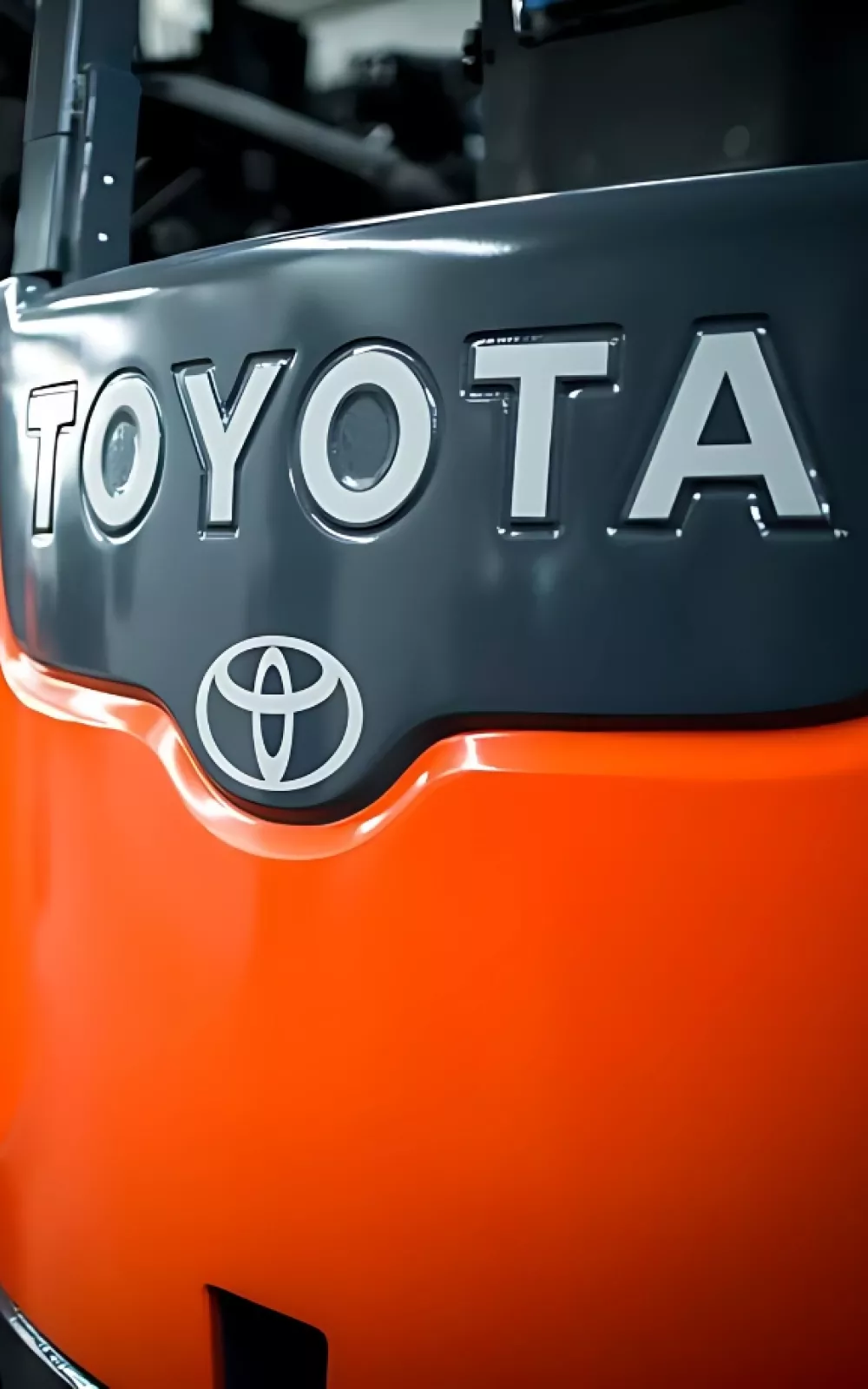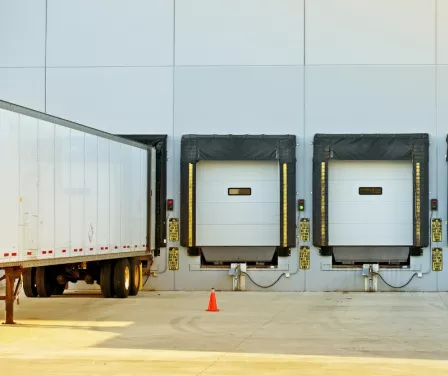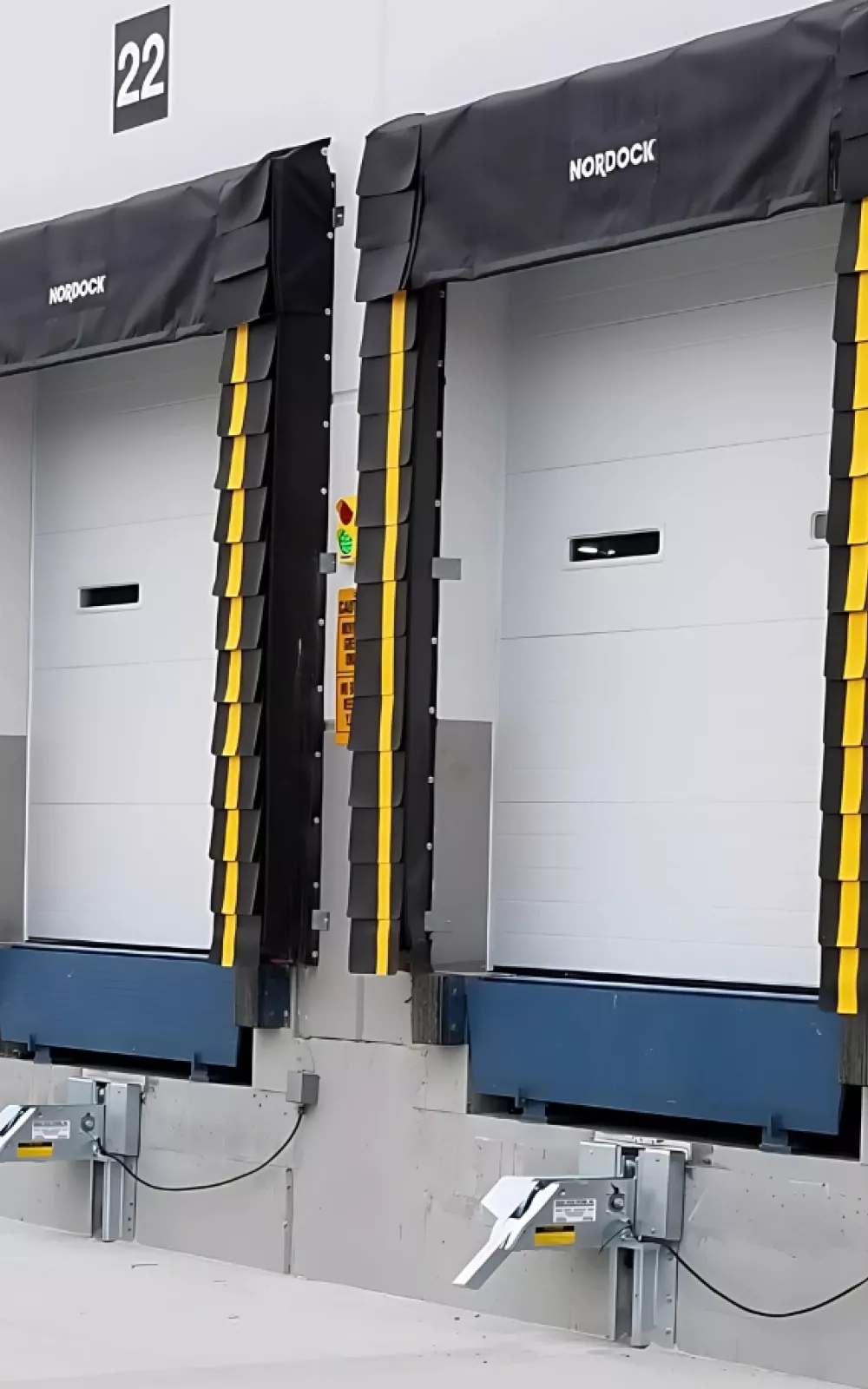Rent
ProLift offers daily, weekly, and monthly rentals. Find the right equipment for maximum productivity and safety.
Let us know how we can assist you! A ProLift specialist will connect with you to help with your material handling needs.

Regular loading dock equipment maintenance is essential for ensuring operational safety and longevity. Learn highlights of key aspects such as proper inspection schedules, the importance of cleaning, lubrication, and adjustments, as well as identifying potential hazards like worn parts or malfunctioning dock doors. Consistent maintenance not only protects employees but also prevents costly downtime and equipment failures.

As the primary area to move product in and out of the warehouse, your loading dock equipment is heavily used throughout the month. Like your forklifts, a regular maintenance schedule will help keep your loading dock equipment working efficiently and safely.
The frequency of loading dock equipment maintenance typically ranges from every 90 to 180 days, depending on your company’s traffic levels. When setting a schedule, consider how often the dock is used daily. Each inspection takes about 1 hour per dock position, and equipment must remain inactive during service for safety reasons. To ensure safety, it’s a good practice to place clear signage and safety cones around the work area, both inside and outside the warehouse, to alert employees of ongoing maintenance.
Three primary areas are inspected during loading dock equipment maintenance: dock leveler, dock door and vehicle restraint. After inspection, these areas are then tested to confirm the equipment meets standards.
Your dock leveler serves as a bridge between the warehouse and the trailer, and is exposed to various elements, making it a fire hazard as dirt and debris accumulate. With several moving parts, its performance and safety can be compromised. A thorough front-to-back inspection beneath the leveler is crucial for identifying broken or worn components.
Dock leveler failures can jeopardize employee safety, as workers manually adjusting a misaligned leveler may get pinched, or forklift operators could get stuck between the dock and trailer.
Key areas inspected: pit, dock bumpers, hinges, lip spools & pins, welds, cylinders, springs and ramp control.
The dock door acts as a critical barrier, sealing off the warehouse from the outside. If the door doesn’t lock or latch properly, it leaves the warehouse vulnerable to theft and forces employees to use unsafe methods, like propping it open with brooms or screwdrivers. Additionally, employees may experience muscle strain from manually opening and closing the door if it's not functioning correctly.
Key areas inspected: door jambs & headers, guides, tracks, seals, locks, control box, wiring, springs and cables.
A vehicle restraint is used to connect and secure the trailer to the loading dock. The restraint prevents vehicles being loaded or unloaded from pulling away from the loading dock or making an unscheduled departure. Light communication may also be part of the vehicle restraint system, which provides visual “stop” and “go” signals for semi-drivers and forklift operators. If the restraint fails, an early departure may cause the forklift and its operator to fall off the loading dock or be trapped inside a moving trailer.
Key areas inspected: dock bumpers, fasteners, welds, control box, signage, light box and wiring.

ProLift’s dock and door service includes a comprehensive inspection of loading dock equipment and doors, thorough cleaning and lubrication, necessary equipment adjustments, and a detailed written evaluation of the inspection results.
Based on customer maintenance, our ProLift Warehouse Solutions service team notes these loading dock equipment repairs as being most common.
Whether new loading dock equipment or maintenance and repair, ProLift's team can help with your warehouse solutions. Contact us today for support!
ProLift is your one-stop shop for dock and door, forklift, and industrial battery maintenance. Contact us today to be connected with a sales consultant.

Let us know how we can assist you! A ProLift specialist will connect with you to help with your material handling needs.
